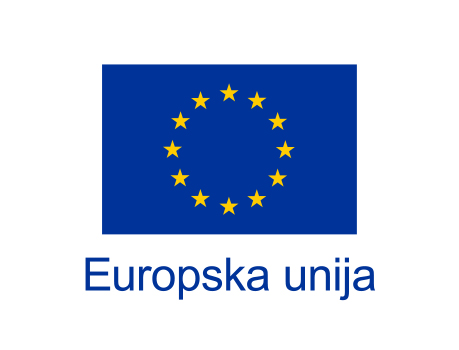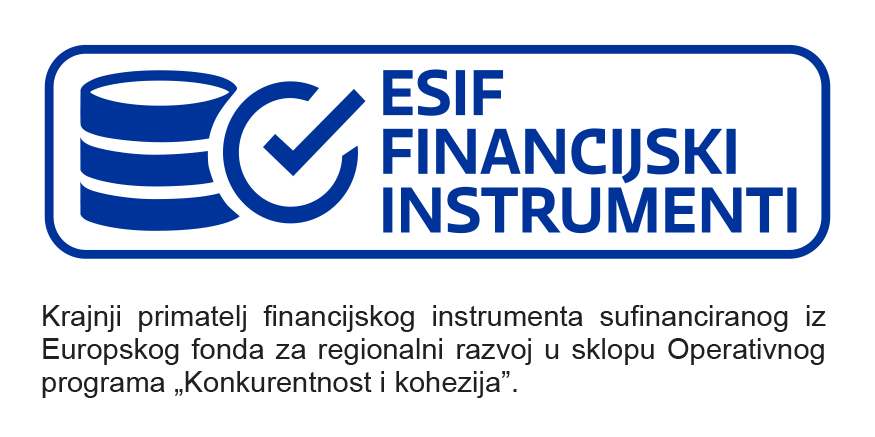It is very likely that when someone mentions a holiday in Istria, museums are not the first thing that comes to mind, but beautiful beaches, untouched greenery, extraordinary architecture, and superb gastronomy. However, in addition to all the previously mentioned benefits of this beautiful region, Istria also has a large offer of excellent museums, and we definitely suggest that you visit them.
If you can’t decide which of the many outstanding museums you want to visit, to make your choice easier, we have listed some that we consider the best on the largest peninsula in Croatia.
ARCHAEOLOGICAL MUSEUM OF ISTRIA
The Archaeological Museum of Istria is one of the must-see museums in this area in order to further learn about the history and culture of Istria.
The museum was founded in 1902, and the formation of the museum collection began as early as 1802 with the collection of stones from the Temple of Augustus. The foundation of the museum was preceded by the discovery of metal, ceramic and stone objects in “Nezakcij”. The museum was first opened to the public in 1930, and the guide was in Italian. Today, the museum consists of prehistoric, ancient, late antique, and medieval collections. Also, within the museum, there is a collection of numismatics and a collection of underwater archeology is under construction. The museum tells the story of the archaeological history of the Istrian peninsula and is certainly one of the more interesting places to visit during your stay.
HISTORICAL AND MARITIME MUSEUM OF ISTRIA
The Historical and Maritime Museum of Istria is located in a baroque fortress from the 17th century, located on the highest hill in Pula, which is considered the site of the earliest period of Pula’s history, at 34 m above sea level. The museum consists of the Department of History of the City of Pula, the Department of Medieval History of Istria, the Department of Istrian Modern History, and the Department of Maritime and Shipbuilding History. The Historical and Maritime Museum of Istria collects preserves and researches this beautiful peninsula’s cultural and historical heritage from the Middle Ages until today. The Educational and Pedagogical Department also operates within the museum, in order to bring the contents of the museum closer to the youngest.
We definitely suggest that you visit this unusual museum and the beautiful castle, which offers an unforgettable view of the city.
MEMO MUSEUM PULA
This is definitely one of the more interesting and unusual museums in Pula, and we definitely recommend a visit to get closer to the younger ones and to remind the older ones of the former way of living.
MEMO or the Museum of Good Memories is an interactive multimedia museum located in Pula. The main goal of this museum is to show the life of the inhabitants of Pula from the beginning of the fifties to the end of the eighties of the last century. The street, the square, and the apartment are the three entities that make up the museum. The museum wants to present to visitors the life of an average Pula family in other times, and it does so with various items such as a black and white television, a record player, an old computer, and the legendary “fico" – one of the legendary cars at this area. Visitors are allowed to touch the items on display to experience the full experience of the bygone era.
BATANA ECOMUSEUM
The Batana Ecomuseum was opened in 2004 to protect the local maritime culture in these areas. This is the first eco-museum in Croatia and is included in the UNESCO Register of best practices for preserving the intangible cultural heritage of the world. The museum is located in Rovinj – a beautiful fishing town that has developed into a desirable tourist destination. The entire museum is dedicated to the traditional fishing boat – batana, and fishing culture. In the museum, you can find the history of this traditional boat, the former way of life of fishermen, various educational videos, etc. The main components of the museum are the House about batana, Spacio Matika (Rovinj’s version of a tavern), Mali Skver (the place where the tradition of building batana was passed down), and Rovinj regatta of traditional boats and boats with the main and Latin sails.
The Batana Ecomuseum is open all year round and is an essential part of Rovinj’s culture, and we definitely recommend a visit during your stay in Istria.
MARA WITCH’S HOUSE
The house of the witch Mara is located in Svetvincent and is a visitor center. Various legends about witches and other mythical creatures are connected to the history of Svetvincenta. The house of the witch Mara is an excellent combination of new technologies and history. Upon entering the house, you will be greeted by a hologram of a girl from the Middle Ages, i.e. the witch Mara, who welcomes you. After the opening speech, you put on virtual reality glasses and use them to play various interactive games, such as the defense of the Morosini – Grimani castle, a walk through the medieval Svetvincenta, etc.
In addition to the witch Mara, from the portrait of the house you are followed by various other mythical creatures, so be careful and get to know the legends and history of this charming medieval town. It is also important to note that the visit is only possible if you book in advance.











Follow us on social media
Connect with us for the latest news about accommodation on facebook, instagram or youtube